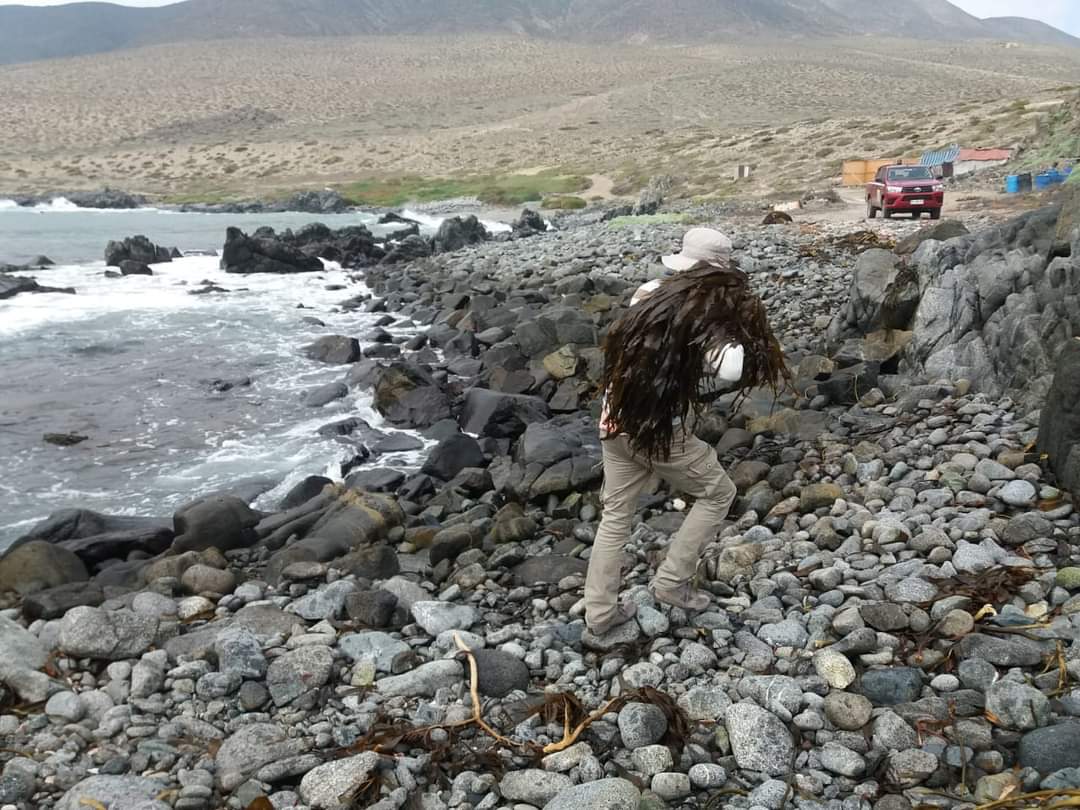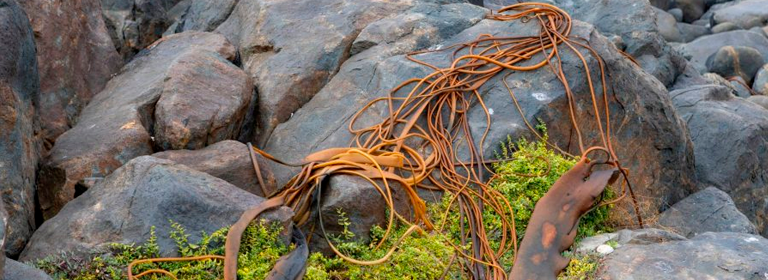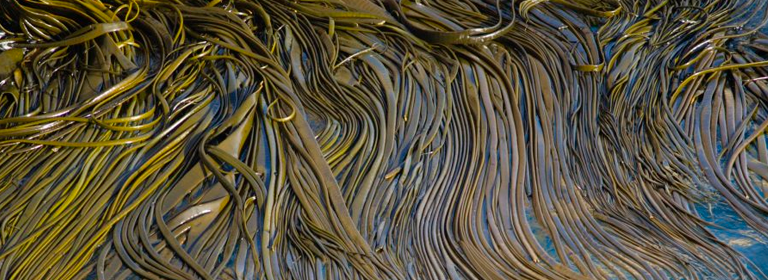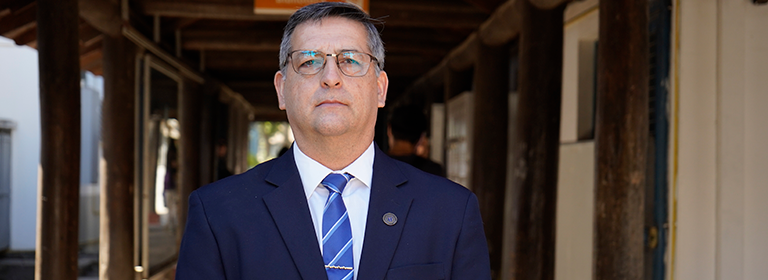Fernando Berríos, doctor in Applied Sciences, published an investigation on the fishing management of cochayuyo in the last edition of «Ocean & Coastal Management».
 The first comprehensive study in Chile on the cochayuyo algae was published in the prestigious «Ocean & Coastal Management» journal, through an article written by the academic of the Universidad Católica del Maule, Fernando Berríos.
The first comprehensive study in Chile on the cochayuyo algae was published in the prestigious «Ocean & Coastal Management» journal, through an article written by the academic of the Universidad Católica del Maule, Fernando Berríos.
The marine ecologist, who led research regarding the extraction of the super algae, described his findings in the latest edition of the British journal.
«Cochayuyo is distributed between Coquimbo and Cape Horn and, as we have detected, none of these places have management plans. What is generally done is that fishing authority evaluates and proposes closures or quotas in a differential manner in each region. But that is not enough, because the closures need more control and the quotas are being estimated, not with a stock study, but rather with socioeconomical criteria that respond to the needs of the fishermen,» said Berríos, a member of the UCM’s Center for Research and Advanced Studies of Maule (CIEAM).
Founded more than thirty years ago, «Ocean & Coastal Management» has contributed to the protection of the world’s ocean and coastal ecosystems by fostering collaboration between academics and professionals, and promoting the development of policies and regulations, among other actions.
«We are very happy, because this is the first time that the center has submitted this publication in a journal with a high impact factor,» added the doctor in Applied Sciences, who wrote the text in collaboration with researchers from Universidad de Antofagasta and Universidad Católica del Norte, Marco Ortiz and Jorge González, respectively.
 An underwater treasure
An underwater treasure
Endowed with essential nutrients, and also known as brown seaweed, the algae has gained relevance on the international scene as raw material for the alginate industry: used as thickener, gelling, and stabilizing agent, especially in the food and cosmetic areas.
According to Berríos’ article, cochayuyo exports have experienced a strong growth since 2006. «This has meant an increase in foreign exchange earnings of around US$130 million, derived mainly from sales to Taiwan, China and Norway. As a consequence, landings (…) have increased in recent years, exceeding 8000 tons in 2021».
Rather than a restrictive approach, the academic proposes a holistic approach. «The information available on the stocks of the resource is insufficient to examine the ecological consequences of the increase in fishing efforts on it in open access areas. We propose to carry out more studies aimed at implementing a management plan that integrates more protection measures and a sustainable exploitation limit,» he said.













